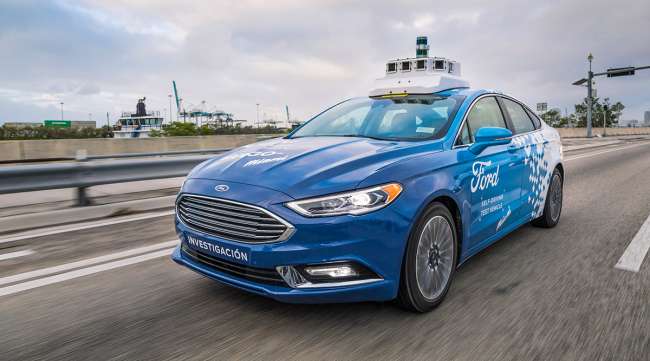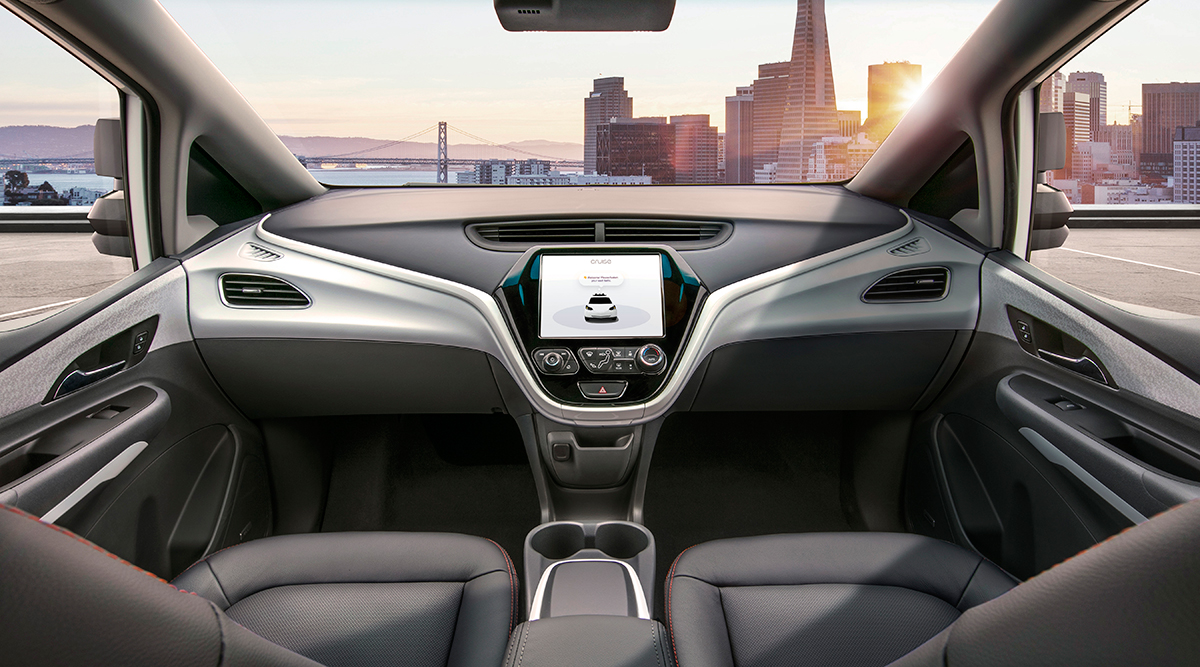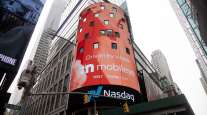Ford Refuses to Rush Into Robo-Taxis, Even After GM, Waymo Deals

General Motors Co. and Alphabet Inc.’s Waymo rocked the auto industry last week with self-driving deals that will have each deploying thousands of robo-taxis onto U.S. roads over the next 18 months. Ford Motor Co., meanwhile, will continue biding its time.

In our debut episode of RoadSigns, we ask: What does the move toward autonomy mean for the truck driver? Hear a snippet from Alex Rodrigues, CEO of Embark, above, and get the full program by going to RoadSigns.TTNews.com.
The second-largest U.S. automaker is going to keep playing the long game after news that a SoftBank fund will invest $2.25 billion in GM’s self-driving unit Cruise and that Waymo will add 62,000 Chrysler minivans to its autonomous robo-taxi fleet.
Ford intends to set itself apart by proving out both its technology and business cases simultaneously — and the company has no plans to change or accelerate its approach.
RELATED: Why GM and Waymo rely on allies in self-driving race
“We certainly do not feel behind on getting to a profitable business,” Sherif Marakby, Ford’s vice president of autonomous vehicles and electrification, said in an interview. “It’s a lot more than just a car and the software that goes into the car. We’re building a business. How we’re going to generate the revenue and profits matter more than just jumping in and running a business someplace.”
Ford is sorting out business plans while Wall Street buys into GM’s splashy bet it can have an autonomous taxi service ready for public roads in 2019. Analysts also have assigned valuations to Waymo: Morgan Stanley pegged the Alphabet unit’s worth at $75 billion earlier this year.
There’s no denying the high stakes.
Self-driving cars are expected to upend the transportation industry and usher in a business worth $7 trillion by midcentury, according to a report last year by Intel Corp. and Strategy Analytics. Automakers that are accustomed to modest profit margins of less than 10% think removing the driver from taxis and delivery trucks offers the prospect of generating returns that exceed 20%. Those who get it right will have a prosperous future. Those who don’t may not have a future.

General Motors Co.
Pressure’s On
The investment by SoftBank Vision Fund in GM’s Cruise will support the automaker’s bid to keep pace with Waymo, which plans to debut a public ride-hailing service in Phoenix later this year. Ford has said its driverless cars won’t arrive until 2021.
“If your date to deliver your first vehicle is two years past when your top rival is set to produce at scale, it brings into question whether you’re going to be as competitive,” said Mike Ramsey, an analyst with consultant Gartner Inc. “There’s no way you can look at those big announcements, especially if you’re Ford, and not think, ‘Wow, this does put pressure on us to close the gap.’ ”
RELATED: After Uber crash, Florida still welcomes free-range robot cars
Ford is test driving its future business forays in Miami, where it has self-driving Fusion sedans buzzing around the streets ferrying people, packages and pizza. Working in partnerships with Domino’s and Postmates, Ford is focusing equally on driverless delivery and ride-hailing to maximize the revenue it can wring from its autonomous vehicles.
Peaks and Valleys
The automaker is designing an all-new model — without steering wheel, accelerator or brake pedal — that is capable of running around the clock to carry people or products, a combination it sees as key to success.
“With ride-hailing, there are peaks and valleys in the day, so we’re thinking about filling all the gaps, all the valleys, for these expensive assets,” Marakby said of Ford’s dual-purpose autonomous vehicles. “You’ve got to focus on maximum utilization. We’re really laser-focused on the ultimate goal of profitable miles and utilization to get to profitable AVs in 2021.”
Wall Street is not convinced Ford has a better idea than GM. Since the SoftBank deal was announced May 31, GM shares have jumped 16%, boosting its market capitalization by $8.7 billion. During that same period, Ford shares have climbed 4.2%, paring their decline for the year to 3.7%.
Morgan Stanley auto analyst Adam Jonas wrote this week that sentiment toward Ford “is easily the lowest of any name under our U.S. coverage.” Jonas, who has the equivalent of a buy rating on the stock, argues investors aren’t appreciating the value of Ford’s F-Series pickup franchise, which generates $42 billion in annual revenue and pretax profit of more than $10 billion — that’s plenty to finance Ford’s autonomous ambitions.
Argo’s Options
Some believe Ford has to respond to GM’s move in order to keep pace in the race to autonomy. One possibility could be that Ford’s self-driving affiliate, Argo AI, seeks a cash infusion from a third party like SoftBank’s investment in GM’s Cruise Automation.
“GM’s relationship with SoftBank now might help them break into the Chinese market and the Indian market and some of the other regions where SoftBank has investments,” said Sam Abuelsamid, an analyst with Navigant Research. “Ford is still very North American-focused. I wouldn’t be surprised to see them do a partnership similar to GM and SoftBank to expand their reach beyond North America.”
Marakby didn’t rule out such a deal, noting that Argo AI remains an independent company despite Ford’s $1 billion investment into the self-driving startup run by former Waymo and Uber executives. Argo could do a deal to supply self-driving software to another automaker even before Ford gets its autonomous vehicles on the road in 2021, Marakby said.
“Argo is open to other investments from others and integration with other” automakers, Marakby said. “It’s not Ford-exclusive.”




